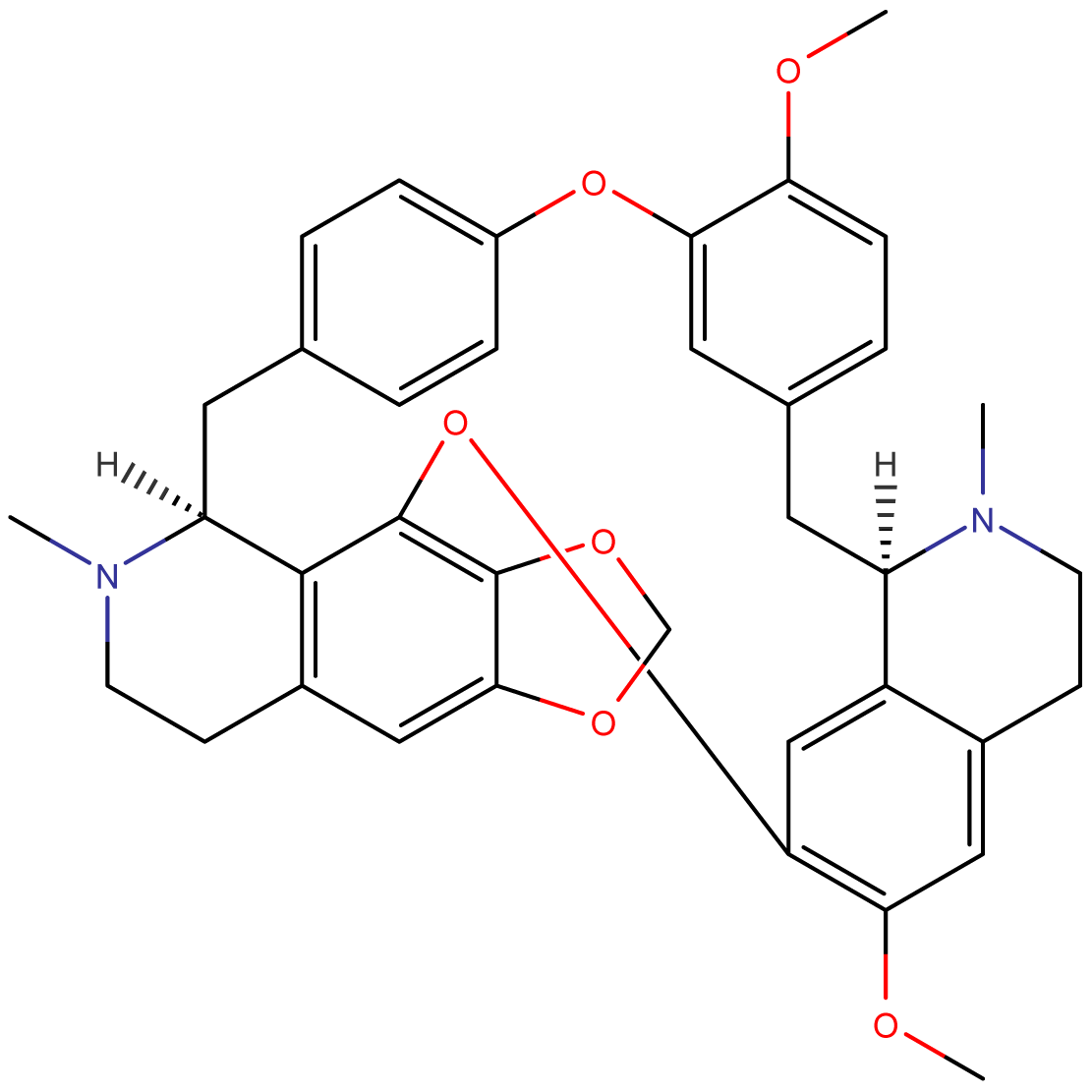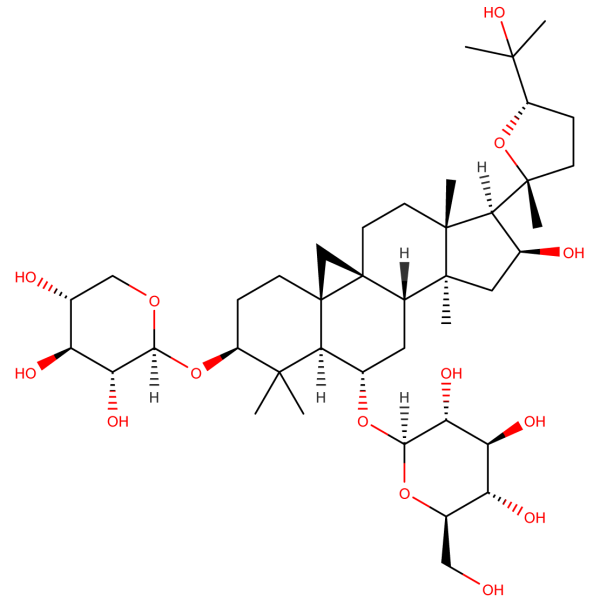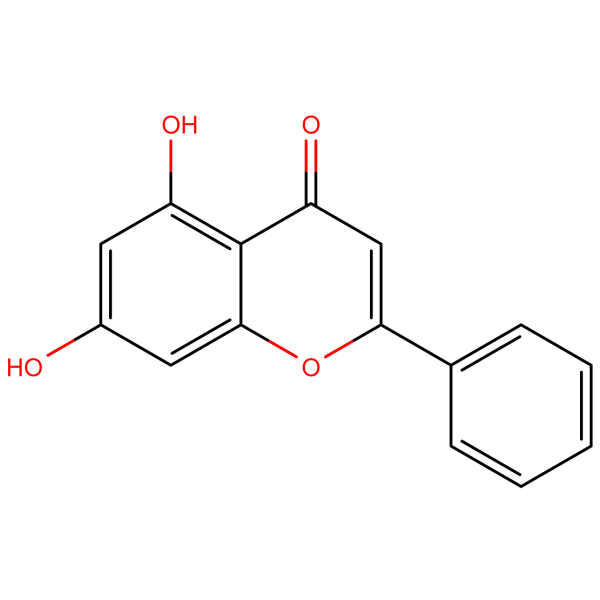Cepharanthine (CAS 481-49-2): Potent Bisbenzylisoquinoline Alkaloid for Advanced Biomedical Research
1. Molecular Identity
- Chemical Name: (6aR,11aR,11cR)-7,8-dimethoxy-3,4-dimethyl-5H-6a,11a-(epoxyethano)dibenzo[a,g]quinolizine
- CAS Number: 481-49-2
- Source: Naturally occurring in Stephania cepharantha Hayata and other Stephania species
2. Biochemical Significance
Cepharanthine (CAS 481-49-2) is a bisbenzylisoquinoline alkaloid with diverse pharmacological activities. Its unique molecular structure contributes to its potential anti-inflammatory, antioxidant, and antitumor properties, making it a compound of significant interest in pharmaceutical research and drug development studies.
3. Key Properties of Cepharanthine (CAS 481-49-2)
- Anti-inflammatory: Demonstrates ability to modulate inflammatory pathways
- Antioxidant: Shows strong free radical scavenging capabilities
- Antitumor: Exhibits potential in inhibiting various cancer cell lines
- Immunomodulatory: Indicates efficacy in regulating immune responses
4. Potential Research Applications
- Cancer research and drug development
- Inflammatory disorder studies
- Antiviral investigations, including potential COVID-19 applications
- Neuroprotective and neurodegenerative disease research
5. Current Research Focus
Ongoing studies are investigating Cepharanthine’s effects on:
- Various cancer types and their molecular pathways
- Inflammatory signaling cascades in different tissues
- Viral replication mechanisms, particularly in SARS-CoV-2
- Neuroprotection in models of neurodegenerative diseases
6. Formulation Challenges and Innovations
Researchers are actively working on:
- Enhancing bioavailability through novel delivery systems
- Developing targeted formulations for specific disease conditions
- Creating synergistic combinations with other therapeutic agents
7. Regulatory Considerations
Cepharanthine (CAS 481-49-2) is primarily used in research settings and as an approved drug in some countries. Its development for new therapeutic applications would require comprehensive safety and efficacy evaluations to meet regulatory standards.
8. Future Research Directions
The scientific community anticipates:
- Advanced clinical trials for cancer and inflammatory disorders
- Exploration of Cepharanthine’s potential in antiviral therapies
- Investigation of its mechanisms of action at the molecular level
9. Collaborative Opportunities
We invite oncologists, immunologists, virologists, and academic institutions to explore the research potential of Cepharanthine. For inquiries, collaborations, or to discuss how this compound can benefit your research projects, please contact us at sales@nstchemicals.com.
Join us in advancing biomedical research with Cepharanthine (CAS 481-49-2) – a powerful bisbenzylisoquinoline alkaloid at the forefront of pharmaceutical research and therapeutic strategies.



